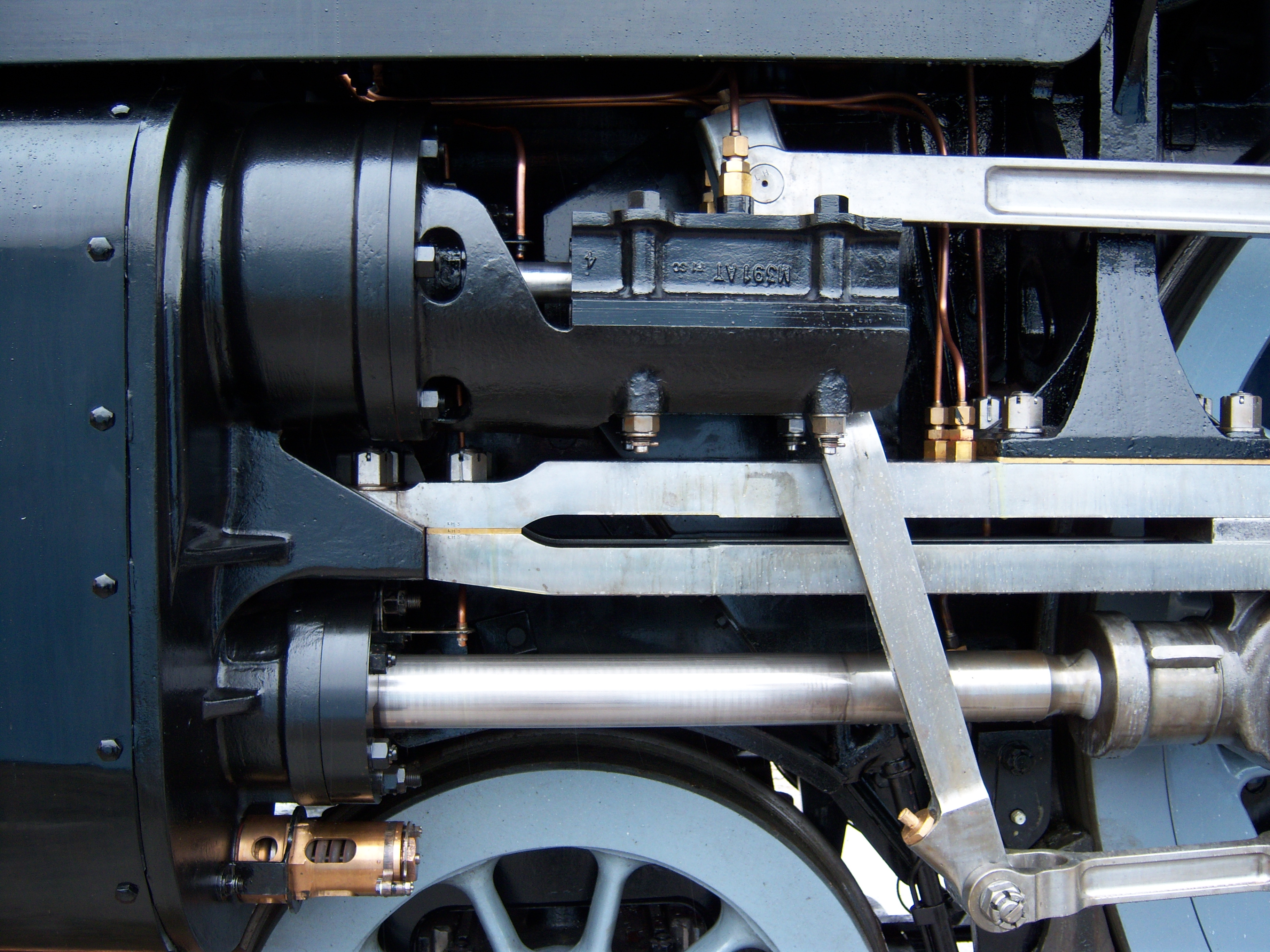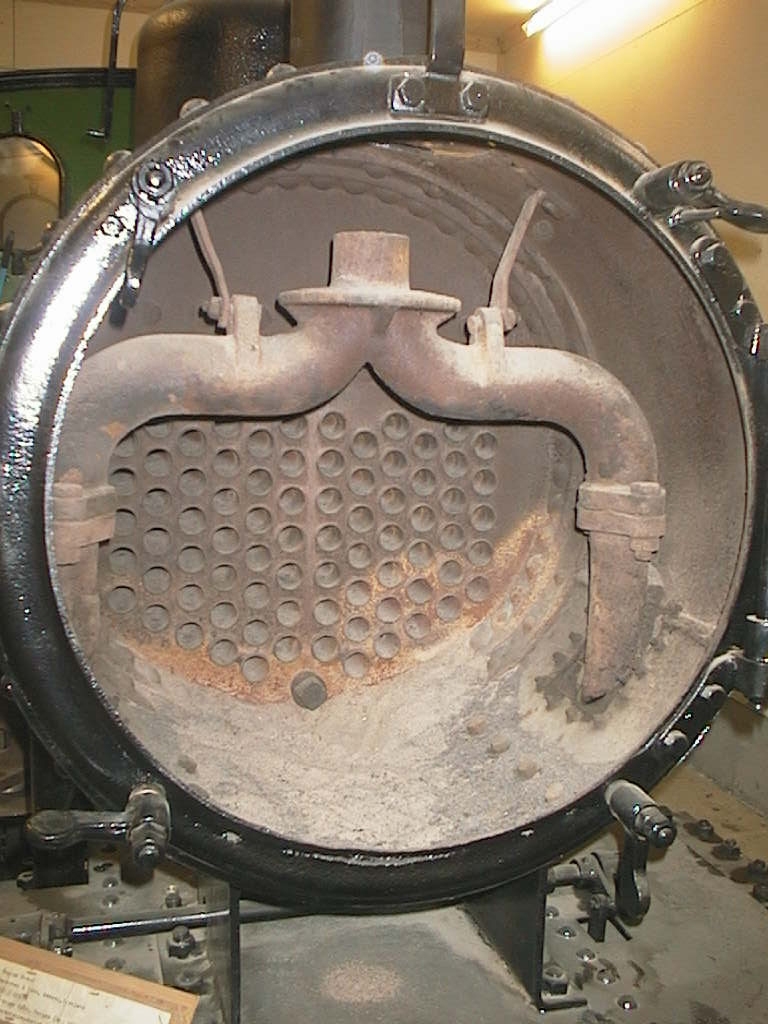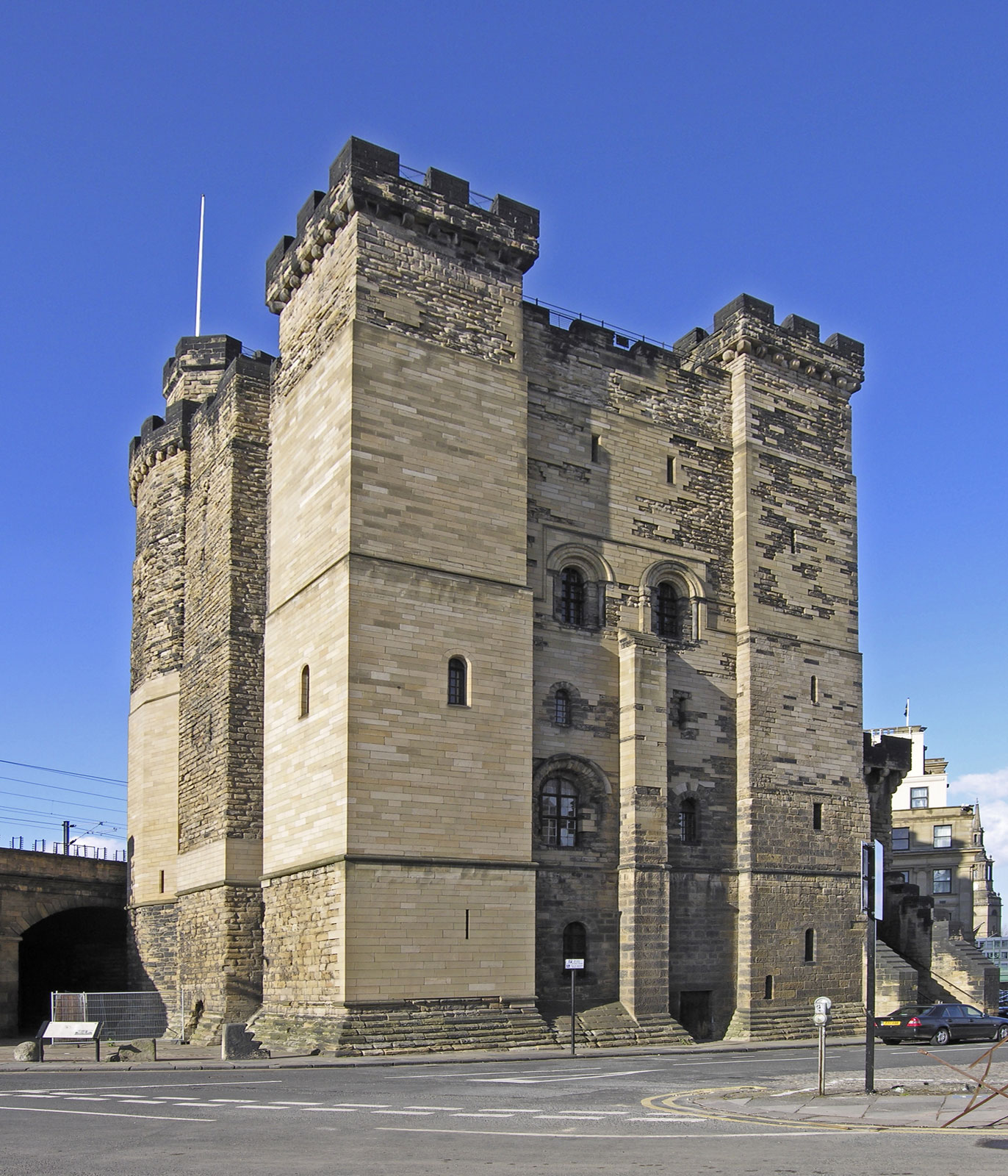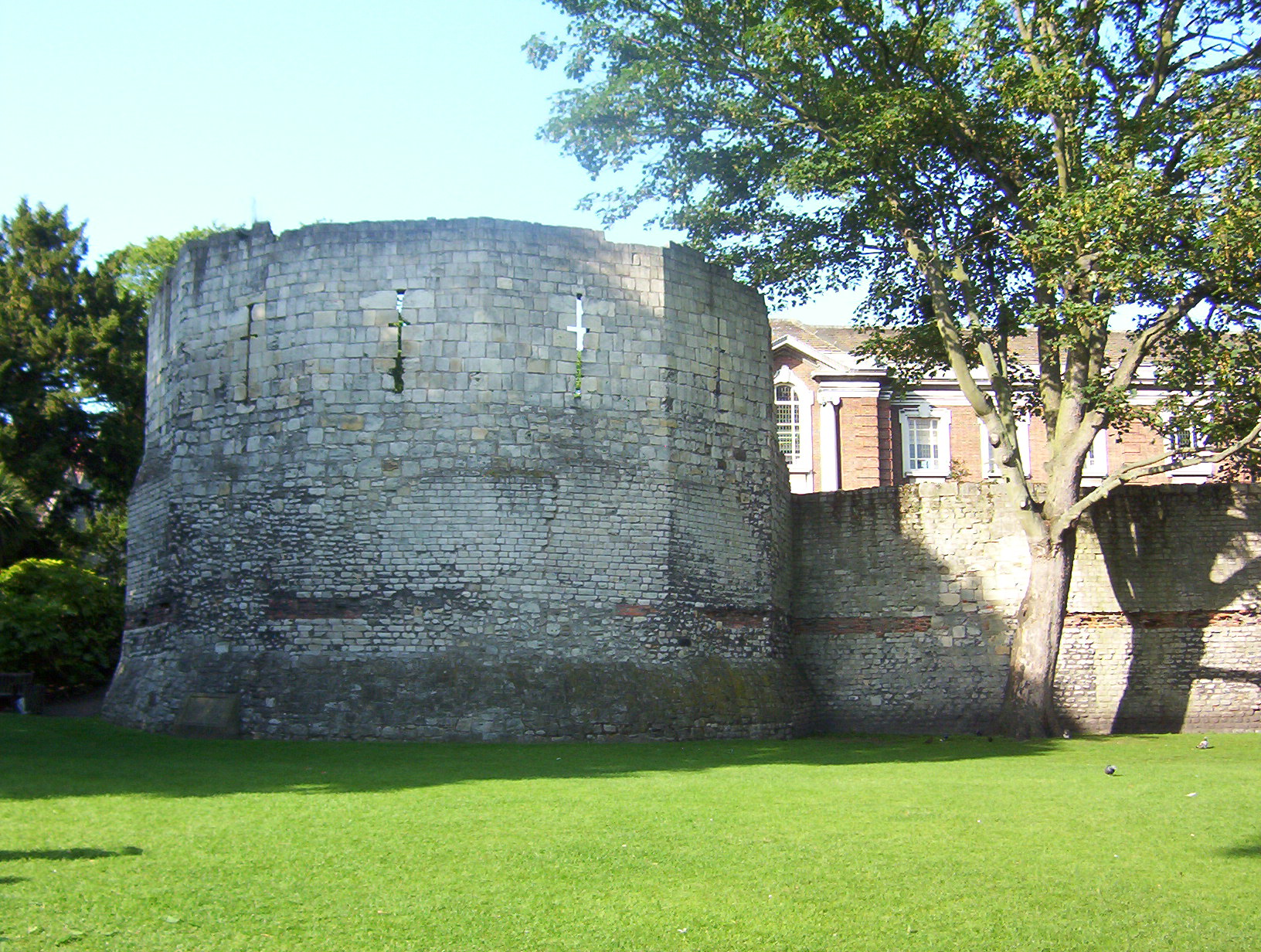|
LNER Peppercorn Class A1
The London and North Eastern Railway (LNER) Peppercorn Class A1 is a type of express passenger steam locomotive. Forty-nine original Peppercorn Class A1s were built to the design of Arthur Peppercorn (who was the last Chief Mechanical Engineer (CME) of the LNER) during the early British Railways era, but all were scrapped with the discontinuation of steam, with none of the original production run surviving into preservation. In 2008, a brand new 50th Peppercorn A1 locomotive, 60163 ''Tornado'', was completed. Background Most of the former LNER Class A1 locomotives designed by Sir Nigel Gresley had been rebuilt as LNER Class A3 locomotives prior to this class being conceived. The few straggling LNER Class A1 locomotives that remained unrebuilt during the tenure of Peppercorn's predecessor, Edward Thompson, were redesignated by him as Class A10s in preparation for the construction of his new Class A1 locomotives. Thompson rebuilt the pioneer LNER Pacific ''Great Norther ... [...More Info...] [...Related Items...] OR: [Wikipedia] [Google] [Baidu] |
Arthur Peppercorn
Arthur Henry Peppercorn, (29 January 1889 – 3 March 1951) was an English railway engineer, and was the last Chief Mechanical Engineer (CME) of the London and North Eastern Railway. Career Arthur Peppercorn was born in Leominster in 1889 and educated at Hereford Cathedral School. In 1905 he started his career as an apprentice with the Great Northern Railway (GNR) at Doncaster. Gresley took a liking to the young apprentice and would supervise his career; in turn, Peppercorn was devoted to Gresley, and would in time be treated almost like one of the family. Gresley's sudden death in 1941 was a shock to all in the LNER, and although Peppercorn was considered for the role, his great modesty in comparison with that of the other candidate, Edward Thompson, as well as the influence Thompson held within the LNER seniority meant that it was Thompson who succeeded Gresley. Thompson was already 60 years old, and both he and the LNER recognised that his appointment was not a perman ... [...More Info...] [...Related Items...] OR: [Wikipedia] [Google] [Baidu] |
Edward Thompson (engineer)
Edward Thompson (25 June 1881 – 15 July 1954) was an English railway engineer, and was Chief Mechanical Engineer of the London and North Eastern Railway between 1941 and 1946. Edward Thompson was born at Marlborough, Wiltshire on 25 June 1881. He was the son of an assistant master at Marlborough College. He was educated at Marlborough before taking the Mechanical Science Tripos at Pembroke College, Cambridge, earning a third class degree. Thompson's academic background contrasts with that of his predecessor Nigel Gresley, who had also attended Marlborough, but then gained practical experience as a pupil at Horwich Works. Career NER, GNR, LNER After graduation Thompson worked in both industry and the railways for a while. By 1910 he was assistant divisional locomotive superintendent on the North Eastern Railway (NER), in which capacity he gave evidence at the inquiry into the fatal accident between two goods trains at Darlington on 15 November 1910. In 1912 he was ap ... [...More Info...] [...Related Items...] OR: [Wikipedia] [Google] [Baidu] |
Timken Company
The Timken Company is a global manufacturer of bearings and power transmission products. Timken operates from 42 countries. Company history In 1898, Henry Timken obtained a patent for an improved tapered roller bearing, and in 1899 incorporated as The Timken Roller Bearing Axle Company in St. Louis. In 1901, the company moved to Canton, Ohio, as the automobile industry began to overtake the carriage industry. Timken and his two sons chose this location because of its proximity to the American car manufacturing centers of Detroit and Cleveland and the American steel-making centers of Pittsburgh and Cleveland. In 1917, the company began its steel- and tube-making operations in Canton to vertically integrate and maintain better control over the steel used in its bearings. World War I had created an increase in demand for steel, affecting its supply and price in the market. Timken entered international markets in the early 1900s, establishing a presence initially in Great Bri ... [...More Info...] [...Related Items...] OR: [Wikipedia] [Google] [Baidu] |
Eastern Region Of British Railways
The Eastern Region was a region of British Railways from 1948, whose operating area could be identified from the dark blue signs and colour schemes that adorned its station and other railway buildings. Together with the North Eastern Region (which it absorbed in 1967), it covered most lines of the former London and North Eastern Railway, except in Scotland. By 1988 the Eastern Region had been divided again into the Eastern Region and the new Anglia Region, with the boundary points being between and , and between and . The region ceased to be an operating unit in its own right in the 1980s and was wound up at the end of 1992. History The region was formed in at nationalisation in 1948, mostly out of the former Great Northern, Great Eastern and Great Central lines that were merged into the LNER in 1923. Of all the "Big Four" pre-nationalisation railway companies, the LNER was most in need of significant investment. In the immediate post-war period there was a need to rebuil ... [...More Info...] [...Related Items...] OR: [Wikipedia] [Google] [Baidu] |
British Rail
British Railways (BR), which from 1965 traded as British Rail, was a state-owned company that operated most of the overground rail transport in Great Britain from 1948 to 1997. It was formed from the nationalisation of the Big Four (British railway companies), Big Four British railway companies, and was privatisation of British Rail, privatised in stages between 1994 and 1997. Originally a trading brand of the Railway Executive of the British Transport Commission, it became an independent statutory corporation in January 1963, when it was formally renamed the British Railways Board. The period of nationalisation saw sweeping changes in the railway. A process of dieselisation and Railway electrification in Great Britain, electrification took place, and by 1968 steam locomotives had been entirely replaced by diesel and electric traction, except for the Vale of Rheidol Railway (a narrow-gauge railway, narrow-gauge tourist line). Passenger train, Passengers replaced freight train, ... [...More Info...] [...Related Items...] OR: [Wikipedia] [Google] [Baidu] |
Cylinder (locomotive)
The cylinder is the power-producing element of the steam engine powering a steam locomotive. The cylinder is made pressure-tight with end covers and a piston; a valve distributes the steam to the ends of the cylinder. Cylinders were cast in iron and later made of steel. The cylinder casting includes other features such as (in the case of the early Rocket locomotive) valve ports and mounting feet. The last big American locomotives incorporated the cylinders as part of huge one-piece steel castings that were the main frame of the locomotive. Renewable wearing surfaces were needed inside the cylinders and provided by cast-iron bushings. The way the valve controlled the steam entering and leaving the cylinder was known as steam distribution and shown by the shape of the indicator diagram. What happened to the steam inside the cylinder was assessed separately from what happened in the boiler and how much friction the moving machinery had to cope with. This assessment was known as ... [...More Info...] [...Related Items...] OR: [Wikipedia] [Google] [Baidu] |
Steam Locomotive Exhaust System
The steam locomotive exhaust system consists of those parts of a steam locomotive which together discharge exhaust steam from the cylinders in order to increase the draught through the fire. It usually consists of the blastpipe (or first stage nozzle), smokebox, and chimney, although later designs also include second and third stage nozzles. History The primacy of discovery of the effect of directing the exhaust steam up the chimney as a means of providing draft through the fire is the matter of some controversy, Ahrons (1927) devoting significant attention to this matter. The exhaust from the cylinders on the first steam locomotive – built by Richard Trevithick – was directed up the chimney, and he noted its effect on increasing the draft through the fire at the time. At Wylam, Timothy Hackworth also employed a blastpipe on his earliest locomotives, but it is not clear whether this was an independent discovery or a copy of Trevithick's design. Shortly after Hackworth, Geor ... [...More Info...] [...Related Items...] OR: [Wikipedia] [Google] [Baidu] |
Kylchap
The Kylchap steam locomotive exhaust system was designed and patented by French steam engineer André Chapelon, using a second-stage nozzle designed by the Finnish engineer Kyösti Kylälä and known as the ''Kylälä spreader''; thus the name KylChap for this design. Construction The Kylchap exhaust consists of four stacked nozzles, the first exhaust nozzle (UK: blastpipe) blowing exhaust steam only and known as the primary nozzle, this being a Chapelon design using four triangular jets. This exhausts into the second stage, the Kylälä spreader, which mixes the exhaust steam with some of the smokebox gases; this then exhausts into a third stage, designed by Chapelon, that mixes the resulting steam/smokebox gases mixture with yet more smokebox gases. The four nozzles of this then exhaust into the fourth stage, the classic chimney (U.S.: stack) bell-mouth. Theory It was Chapelon's theory that such a multi-stage mixing and suction arrangement would be more efficient than the ... [...More Info...] [...Related Items...] OR: [Wikipedia] [Google] [Baidu] |
Aberdeen
Aberdeen (; sco, Aiberdeen ; gd, Obar Dheathain ; la, Aberdonia) is a city in North East Scotland, and is the third most populous city in the country. Aberdeen is one of Scotland's 32 local government council areas (as Aberdeen City), and has a population estimate of for the city of Aberdeen, and for the local council area making it the United Kingdom's 39th most populous built-up area. The city is northeast of Edinburgh and north of London, and is the northernmost major city in the United Kingdom. Aberdeen has a long, sandy coastline and features an oceanic climate, with cool summers and mild, rainy winters. During the mid-18th to mid-20th centuries, Aberdeen's buildings incorporated locally quarried grey granite, which may sparkle like silver because of its high mica content. Since the discovery of North Sea oil in 1969, Aberdeen has been known as the offshore oil capital of Europe. Based upon the discovery of prehistoric villages around the mouths of the ... [...More Info...] [...Related Items...] OR: [Wikipedia] [Google] [Baidu] |
Edinburgh
Edinburgh ( ; gd, Dùn Èideann ) is the capital city of Scotland and one of its 32 Council areas of Scotland, council areas. Historically part of the county of Midlothian (interchangeably Edinburghshire before 1921), it is located in Lothian on the southern shore of the Firth of Forth. Edinburgh is Scotland's List of towns and cities in Scotland by population, second-most populous city, after Glasgow, and the List of cities in the United Kingdom, seventh-most populous city in the United Kingdom. Recognised as the capital of Scotland since at least the 15th century, Edinburgh is the seat of the Scottish Government, the Scottish Parliament and the Courts of Scotland, highest courts in Scotland. The city's Holyrood Palace, Palace of Holyroodhouse is the official residence of the Monarchy of the United Kingdom, British monarchy in Scotland. The city has long been a centre of education, particularly in the fields of medicine, Scots law, Scottish law, literature, philosophy, the sc ... [...More Info...] [...Related Items...] OR: [Wikipedia] [Google] [Baidu] |
Newcastle Upon Tyne
Newcastle upon Tyne ( RP: , ), or simply Newcastle, is a city and metropolitan borough in Tyne and Wear, England. The city is located on the River Tyne's northern bank and forms the largest part of the Tyneside built-up area. Newcastle is also the most populous city of North East England. Newcastle developed around a Roman settlement called Pons Aelius and the settlement later took the name of a castle built in 1080 by William the Conqueror's eldest son, Robert Curthose. Historically, the city’s economy was dependent on its port and in particular, its status as one of the world's largest ship building and repair centres. Today, the city's economy is diverse with major economic output in science, finance, retail, education, tourism, and nightlife. Newcastle is one of the UK Core Cities, as well as part of the Eurocities network. Famous landmarks in Newcastle include the Tyne Bridge; the Swing Bridge; Newcastle Castle; St Thomas’ Church; Grainger Town includin ... [...More Info...] [...Related Items...] OR: [Wikipedia] [Google] [Baidu] |
York
York is a cathedral city with Roman Britain, Roman origins, sited at the confluence of the rivers River Ouse, Yorkshire, Ouse and River Foss, Foss in North Yorkshire, England. It is the historic county town of Yorkshire. The city has many historic buildings and other structures, such as a York Minster, minster, York Castle, castle, and York city walls, city walls. It is the largest settlement and the administrative centre of the wider City of York district. The city was founded under the name of Eboracum in 71 AD. It then became the capital of the Roman province of Britannia Inferior, and later of the kingdoms of Deira, Northumbria, and Jórvík, Scandinavian York. In the Middle Ages, it became the Province of York, northern England ecclesiastical province's centre, and grew as a wool-trading centre. In the 19th century, it became a major railway network hub and confectionery manufacturing centre. During the Second World War, part of the Baedeker Blitz bombed the city; it ... [...More Info...] [...Related Items...] OR: [Wikipedia] [Google] [Baidu] |

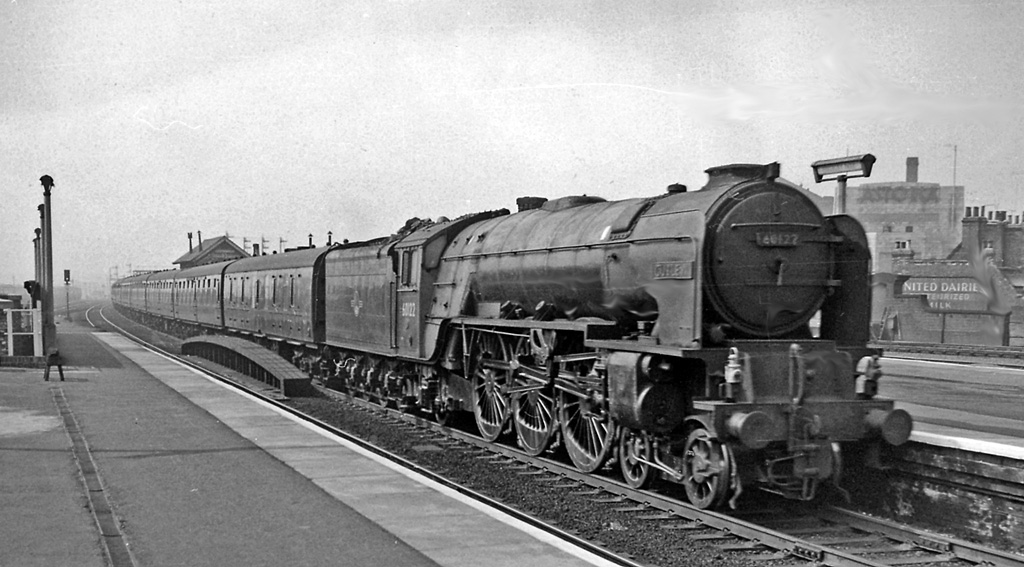

.jpg)
